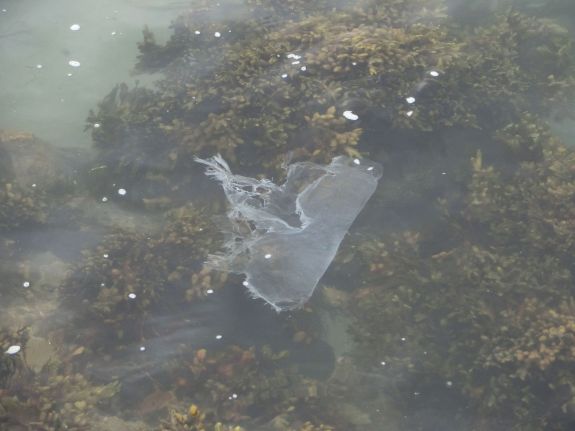
According to a recent study, roughly 52% of turtles worldwide have ingested some human rubbish, generally plastic. This revelation comes quickly after a study that found 60% of seabird had also ingested plastic in some form or another.
When turtles eat garbage, it has the potential to get lodged in their gut, where it can cause physical harm, take up space within their digestive tract, or even release toxic chemicals into their tissues. The rubbish comes from the roughly 12 million tonnes of plastic that finds its way into the ocean annual.
That’s a lot of plastic and, unfortunately, a lot of it can be mistaken for food by unaware turtles. In the case of olive ridley turtles, this can be especially dangerous as these turtles have a wide distribution, and tend to feed in the open ocean where debris accumulates. They often eat jellyfish and other floating creatures and could easily mistake bits of trash for their regular prey.
The waste problem is especially severe in Australia and North America, both of which host a wide variety of sea turtles, and have large urban populations, the kind which tends to produce trash that ends up in the ocean. As such, people living on these continents have to find ways to reduce the amount of waste that makes it into the sea, beyond what efforts are already being made.
As with seabirds, the number of turtles that have ingested plastic or another type of trash is expected to continue rising as long as pollution levels stay as they are. Reduced trash means fewer animals will be in harm’s way. But researchers were sure to warn that if turtles and birds were ingesting plastic with this kind of frequency, other animals surely are as well. Although studies haven’t been performed on fish or aquatic mammals, it’s only a matter of time until we start finding plastic in their digestive tracts too.
